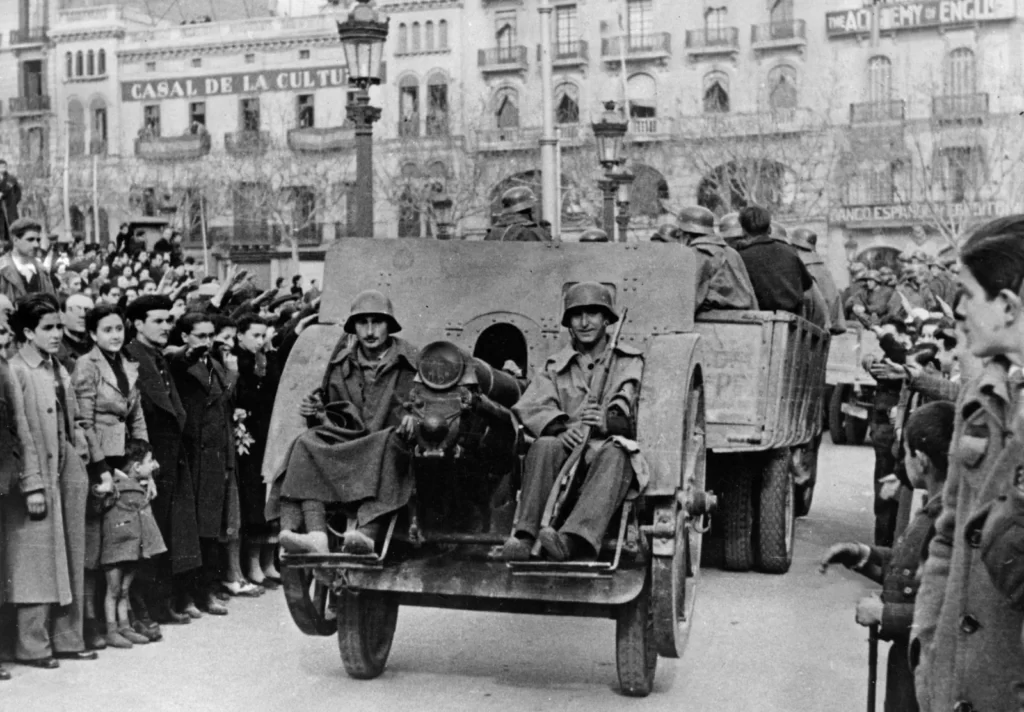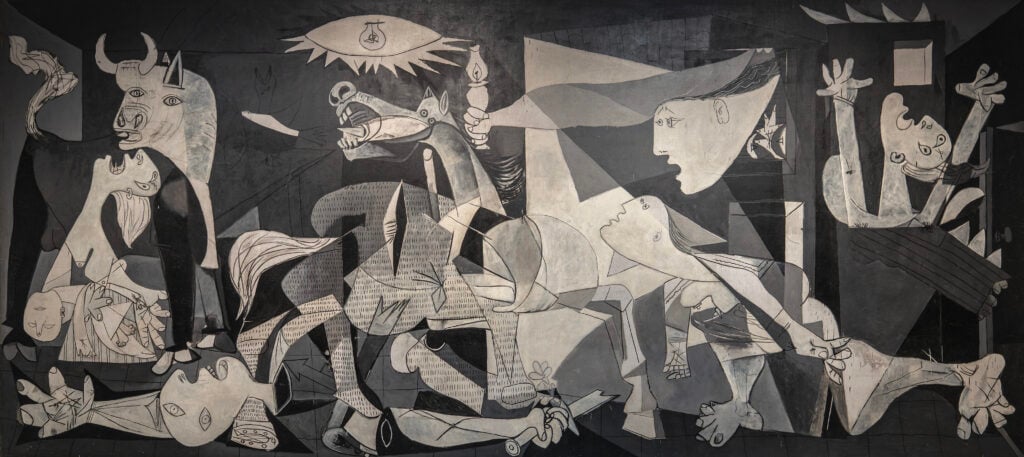On 17 July 1936, a military uprising led by General Francisco Franco marked the beginning of one of the most brutal and ideologically charged conflicts in 20th-century Europe — the Spanish Civil War. The revolt, which began in Spanish Morocco, quickly spread to mainland Spain and would ignite a three-year civil war that pitted a democratically elected leftist government against a conservative, militaristic rebellion. The war would leave an indelible scar on Spain’s national psyche and echo through art, politics, and society for decades.
Background: A divided Spain
By the 1930s, Spain was a deeply polarised nation. Following years of monarchy, dictatorship, and turmoil, the Second Spanish Republic was proclaimed in 1931. It introduced progressive reforms: land redistribution, separation of church and state, expanded education, and rights for women. While welcomed by the working class, intellectuals, and leftists, these changes alarmed conservatives, the Church, landowners, monarchists, and much of the military.
The 1936 elections brought to power the Popular Front, a left-wing coalition of republicans, socialists, and communists. To many conservatives, the government represented a threat to traditional Spanish values. Political violence escalated — assassinations, strikes, and street battles became commonplace. Spain stood on the brink.
The spark: Franco’s uprising
On 17 July 1936, army units in Spanish Morocco revolted. By the next day, uprisings had spread to key cities including Seville and Zaragoza. The rebellion was led by several high-ranking officers, but General Francisco Franco Bahamonde, a seasoned officer who had earned notoriety suppressing uprisings in Spanish Morocco, soon emerged as the movement’s figurehead.
Franco’s forces — known as the Nationalists — aimed to overthrow the Republic and establish a military regime rooted in nationalism, Catholicism, and authoritarian order. The Republicans, made up of socialists, communists, anarchists, liberals, and ordinary workers and peasants, fought to preserve the democratic government and continue reform.
An international proxy war
The Spanish Civil War quickly drew global attention. Though technically a domestic conflict, it became a proxy war for the ideological battle brewing across Europe.
- Germany and Italy, under Hitler and Mussolini, supported Franco with troops, aircraft, and weapons, using the war as a testing ground for new military strategies.
- The Soviet Union provided aid to the Republicans, including weapons and advisers.
- International Brigades, composed of volunteers from around the world (including Britain, France, and the United States), joined the Republicans in solidarity against fascism.
Meanwhile, Britain and France adopted a policy of non-intervention, although many individual citizens defied it.

Key figures
- Francisco Franco: Military general and future dictator of Spain. His leadership of the Nationalists led to a victory and a dictatorship that lasted until his death in 1975.
- Dolores Ibárruri (“La Pasionaria”): A passionate orator and communist leader, symbolic of Republican resistance.
- Federico García Lorca: Renowned poet and playwright, executed by Nationalist forces in 1936. His death came to symbolise the destruction of culture and freedom under fascism.
Art, literature & memory
The war’s horror and political significance inspired some of the most powerful art of the 20th century:

- Pablo Picasso’s “Guernica” (1937): A haunting depiction of the Nazi bombing of the Basque town of Guernica, commissioned by the Spanish Republican government.
- George Orwell’s “Homage to Catalonia” (1938): A memoir of his experience fighting with the POUM militia in Spain, highlighting internal divisions on the left.
- Ernest Hemingway’s “For Whom the Bell Tolls” (1940): A novel based on his time as a war correspondent in Spain, romanticising the doomed idealism of the Republican cause.
Aftermath and legacy
The war ended on 1 April 1939, with the Nationalist victory and Franco’s rise to absolute power. His regime executed tens of thousands in purges, imprisoned political opponents, and ruled Spain as a dictatorship until his death in 1975.
The trauma of the war lingered for generations. Under Franco, public discussion of the war was censored, and historical memory was suppressed.
Only after Spain’s transition to democracy in the late 1970s did a more open reckoning begin. Today, debates over historical memory continue:
- The Law of Historical Memory (2007) sought to recognise and compensate victims of Francoism and remove symbols of the dictatorship.
- In 2019, Franco’s remains were exhumed from the Valley of the Fallen, a Franco-era monument, as part of a broader effort to confront Spain’s past.
🕯️ Conclusion
On this day in 1936, Spain descended into a fratricidal war that would shape not only its own future but also serve as a dark omen for the broader European catastrophe to come — World War II. The Spanish Civil War remains a cautionary tale about the dangers of political polarisation, authoritarianism, and the fragility of democracy.
“Those who cannot remember the past are condemned to repeat it.” – George Santayana
Also read: ON THIS DAY: first atomic bomb tested (1945)
Featured photo source: history.com


